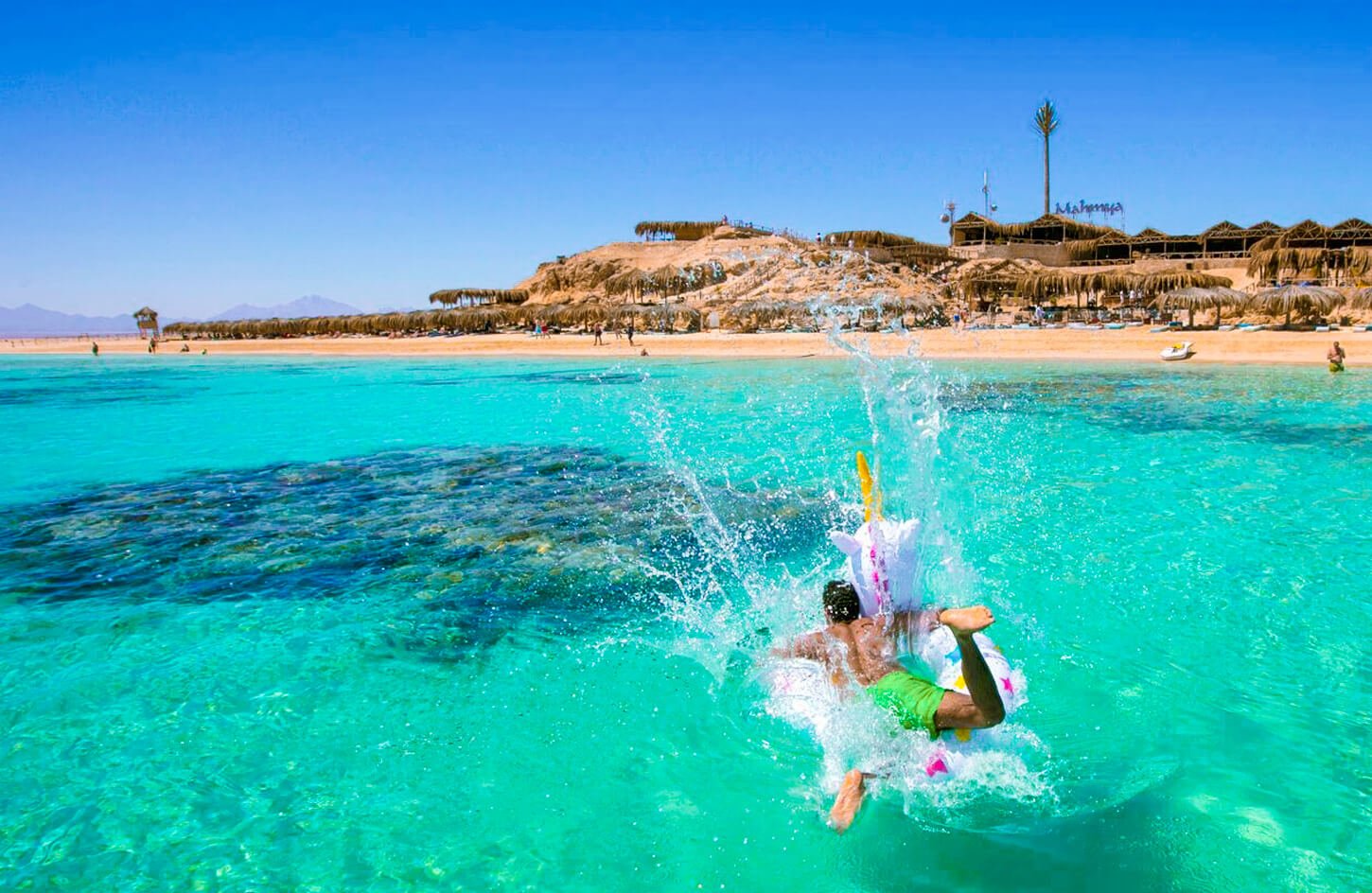
My first dive in the Red Sea feels like yesterday. Neon parrotfish swam by, and sunlight sparkled through the water. It was more than diving—it was a journey into a living masterpiece.
Imagine swimming with 1,200 fish species, 10% found nowhere else. The Red Sea’s underwater world is a dream for storytellers. Coral reefs stretch 26,000 square kilometers, a paradise for divers.
Red Sea diving welcomes both beginners and pros. The water is warm all year, from 70°F in winter to 84°F in summer. Dive sites like Ras Mohammed and the Strait of Tiran are alive with sharks and vibrant corals.
This guide will show you the best times to dive, top spots, and how to prepare. Get ready to experience the magic I fell in love with. Are you ready to dive deeper?
Imagine diving in waters so clear you can see for miles. The Red Sea is famous for its diving. With visibility over 30 meters, every dive is like entering an underwater world. I’ve dived around the world, but the Red Sea’s mix of beauty and ease is unmatched.
From Sharm El Sheikh’s vibrant corals to the SS Thistlegorm wreck, there’s something for everyone. The best spots in the Red Sea offer unforgettable experiences. Whether you’re a beginner or an expert, you’ll find something amazing.
Imagine swimming with barracudas or exploring ancient shipwrecks. The Red Sea’s underwater world is breathtaking. Northern sites like the Blue Hole are perfect for advanced divers, while southern areas near Marsa Alam are great for spotting hammerheads.

The Red Sea’s warm waters and constant conditions make it ideal for diving all year. Discover Jordan’s Aqaba Marine Reserve, home to over 500 fish species, or explore the Underwater Military Museum’s historic tanks. Every dive is an adventure.
What makes the Red Sea special? Its isolation has kept its reefs pristine, with over 1,200 fish species. From Egypt’s Ras Mohammed National Park to Saudi Arabia’s Farasan Banks, each dive has its own story. Dive the Rosalie Moller wreck or follow the path of the ancient Carnatic. The Red Sea’s history, marine life, and adventure make it a must-see. Ready to plan your next dive? Let’s explore when and where to go.
Planning your Red Sea diving trip at the right time is key to experiencing its wonders. I’ve spent years diving here, and each season has its own highlights. The best times are March to May and September to November.
These months offer warm water (22–28°C) and calm seas, perfect for all divers. Imagine diving in winter (20–25°C) and seeing whale sharks in Saudi Arabia and Egypt. Summer (30°C) brings vibrant coral spawning in the north.
December to February might be cooler, but the visibility is amazing (up to 60m). You can see hammerheads at the Brothers Islands. Summer’s heat (30–40°C) keeps the crowds away, making sites like the SS Thistlegorm wreck quieter. Liveaboards might not sail in January, so plan early.
Spring and autumn are great for families and beginners, with mild weather (25–35°C air). Dive the Blue Hole without the summer rush. The southern Red Sea is also perfect for spotting manta rays in the low season.
The Red Sea offers over 360 dive days a year, making it flexible. Enjoy local oranges in winter or summer mangoes. Whether you’re after pelagics or sunken treasures, the right time makes every dive special.
I’ve seen many travelers face unexpected costs or dangers because they didn’t prepare well. Here’s how I make sure every Red Sea diving trip is smooth. First, research dive packages and budget for extra fees like 14% VAT and Nitrox charges. A quick call to places like Dive El Gouna or Blue Osa can help you understand costs before you go.
Then, check every dive operator’s reputation. Look for reviews on places like Red Sea Diving Center or Dive Brothers. Make sure they have PADI-certified instructors and well-maintained equipment. I once almost booked a dive center with old tanks because of bad reviews online.
Also, pack smart. Test your gear like masks and fins if you’re renting. Some centers charge extra for leaks. Always check if your certification level is right for the dive site. Beginners should start with places like Giftun Island before moving to deeper dives.
Lastly, budget carefully. A week of scuba diving in the Red Sea can cost $500–$800. But, extras like night dives or boat transfers can double the price. Remember to plan for food and transport too, as some liveaboards don’t include meals.
Pro tip: Always read park rules! Ras Mohammed National Park requires fees paid upfront. And carry proof of certification, even if you booked online. Proper preparation turns every diving in the Red Sea moment into an adventure, not a mess.
Planning your Red Sea underwater adventures? Let’s look at what certifications you need. Whether you’re new or experienced, the Red Sea’s depths need proper training. This ensures your safety and enjoyment.
Starters need a Scuba Diver certification for dives up to 12 meters. It’s great for seeing vibrant reefs with over 1,000 fish species. Beginners can start in Hurghada or Marsa Alam’s gentle slopes.
Want to dive deeper? An Open Water certification lets you dive up to 18 meters. This opens sites like the Canyon’s 30m depths. Advanced divers can dive wrecks like the SS Thistlegorm, but be careful.
Technical divers seek the Red Sea’s deepest spots. With special certifications, you can dive beyond 30 meters. All Star Scuba Scene and Aphrodite Liveaboard offer training for these dives. Always check your health and depth limits for safety.
Don’t rush. Start with a 2-day Scuba Diver course. Then, build your skills gradually. Every step prepares you for the Red Sea’s wonders. Dive smart, dive certified, and enjoy the Egyptian waters!
After diving in the Red Sea a dozen times, I know what’s essential. First, check if your liveaboard has the gear you need. Most provide tanks and weights, but it’s best to confirm. Your main items are a good regulator, dive computer, and mask.
Don’t forget a spare mask and snorkel. Saltwater in your eyes is not fun. Photographers, bring a red filter for better coral colors and extra memory cards. Underwater housings and spare batteries are a must.
A power bank and universal adapter keep your devices charged. Don’t forget a dry bag for your electronics. Egypt’s humidity is very high.
Wear light clothes. Quick-dry swimwear, rash guards, and a 3mm wetsuit are good for warm days. A small hand towel and beach towel are also important. Liveaboards provide the basics, but you might want your own.
Bring seasickness tablets, sunscreen, and insect repellent. Always carry a first aid kit with painkillers and your prescriptions. Cash is important for tips and souvenirs. Liveaboards take cards, but small bills are better.
Don’t overpack. Most boats have a 50-pound luggage limit. Skip lithium batteries in checked bags and leave flashy jewelry at home. A night dive torch and trash bags for wet gear are also essential.
Remember, the Red Sea’s beauty needs respect. Pack smart, and you’ll enjoy diving without hassle. Let’s make every moment underwater count!
The Northern Red Sea is a treasure trove for divers. Ras Mohamed National Park is a highlight, with its vibrant coral gardens and turtle sightings. Yolanda Reef is another gem, filled with parrotfish and glassfish.
At Shark Reef, you might see barracuda schools. It’s a sight that stays with you. For history lovers, the Thistlegorm wreck is a must-see. This WWII ship is now home to marine life, offering a unique dive experience.
Beginners and experts can explore its cargo holds. The wreck stretches 128 meters, discovered by Jacques Cousteau. Nearby, Jackson Reef is known for its mantas and hammerheads, making it a top spot for diving vacations.
Elphinstone Reef is a sight to behold, with walls dropping to 50 meters. Even beginners can enjoy its coral forests and batfish. The area’s visibility is often 30 meters, showcasing a feast for the eyes.
With over 1000 fish species, including 20% found nowhere else, it’s a paradise for divers. Whether exploring wrecks or coral-rich shallows, there’s something for everyone. Plan your trip between March and May for the best conditions.
Water temperatures are around 24°C, and currents are manageable. Day trips from Sharm El Sheikh or liveaboard tours offer a chance to explore these wonders. The Northern Red Sea’s magic is in its history, marine beauty, and accessibility. These sites are more than just dive spots—they’re gateways to the Red Sea’s soul.
The best diving spots in the Red Sea are not just in the north. The southern region has its own hidden treasures. Places like Abu Dabbab offer six vibrant reefs at 18–20 meters, perfect for all divers. The Heaven I wreck, at 13 meters, is home to glassfish and moray eels, a favorite among wreck divers.
The Brothers Islands require a liveaboard trip for a true adventure. Here, you can see oceanic whitetip sharks and barracuda in huge schools. Daedalus Reef, 80 km offshore, is known for its hammerhead sharks and vibrant coral gardens. Elphinstone and Sha’ab Sharm offer dramatic underwater landscapes with pelagics and sheer drops.
South Red Sea diving offers unique experiences. You can see spinner dolphins, dugongs, and glassfish swarms. Fury Shoals, with 20 reefs over 30 km, is great for spotting giant morays. Every dive here feels like discovering a new world. With over 30 years of diving, I’ve seen incredible moments that define Red Sea diving.
Exploring the Red Sea underwater world is like stepping into a colorful dream. Imagine swimming next to a whale shark, the largest fish, which can grow up to 40 feet long. These gentle giants can be found at Brothers Islands and Daedalus, where they migrate seasonally. Look for their unique polka-dot patterns as you explore the Red Sea’s hidden spots.
Spot Napoleon wrasse with their striking blue-and-yellow stripes. Some can grow over six feet long and are very curious. Nearby, giant moray eels hide in crevices, and red sea clownfish play among anemones. Also, don’t miss the spiky crown-of-thorns starfish, which may look small but play a big role in the reef ecosystem.
Swim with spotted eagle rays that glide like shadows or watch mantas do acrobatic barrel rolls. At Sha’ab El Erg, bottlenose dolphins might join your dive, adding to the fun. But remember, endangered hawksbill turtles and dugongs need our protection.
Every dive is a new adventure. You might see a whitetip reef shark or be amazed by lionfish’s venomous spines. The Red Sea’s marine life changes with each season. From thresher sharks to batfish, every encounter is a chance to appreciate this underwater world. Always keep your distance and respect the habitats to ensure a safe and enjoyable dive.
Exploring the Red Sea for diving means safety comes first. I’ve learned that even small mistakes can be dangerous. Here’s what every diver should know to stay safe.
First, pick dive operators that focus on boat safety. Incidents like the 2022 Sea Story sinking and 2023 Hurricane fire show the risks. Always check a boat’s safety certifications and make sure you know emergency drills.
Your health is also key. See a doctor before diving if you have heart, lung issues, or anxiety. Even small problems like sunburn can get worse underwater. Use reef-safe sunscreen and wear rash guards to protect against fire coral stings.
Don’t dive beyond your skill level. The 2023 Blue Hole fatalities were a reminder. Always check your buddy’s gear before diving. Wear water shoes to avoid sea urchin spines. Most accidents happen because of ignored safety steps, not equipment failure.
Stay updated on weather and avoid diving in strong currents. If you see chaotic waves or hear of sudden storms, wait. The Red Sea’s beauty is worth respecting, not rushing.
Every time I dive in the Red Sea, I feel a deep sense of responsibility. It’s a privilege to explore its underwater world. To protect this vibrant ecosystem, every diver’s choices matter.
Mastering buoyancy control is crucial. I’ve seen corals damaged by careless kicks. These delicate reefs took centuries to form. A single touch can harm them.
Keep a safe distance from wildlife. Watch mantas glide by, but never feed or chase them. Even small actions, like using reef-safe sunscreen, can help.
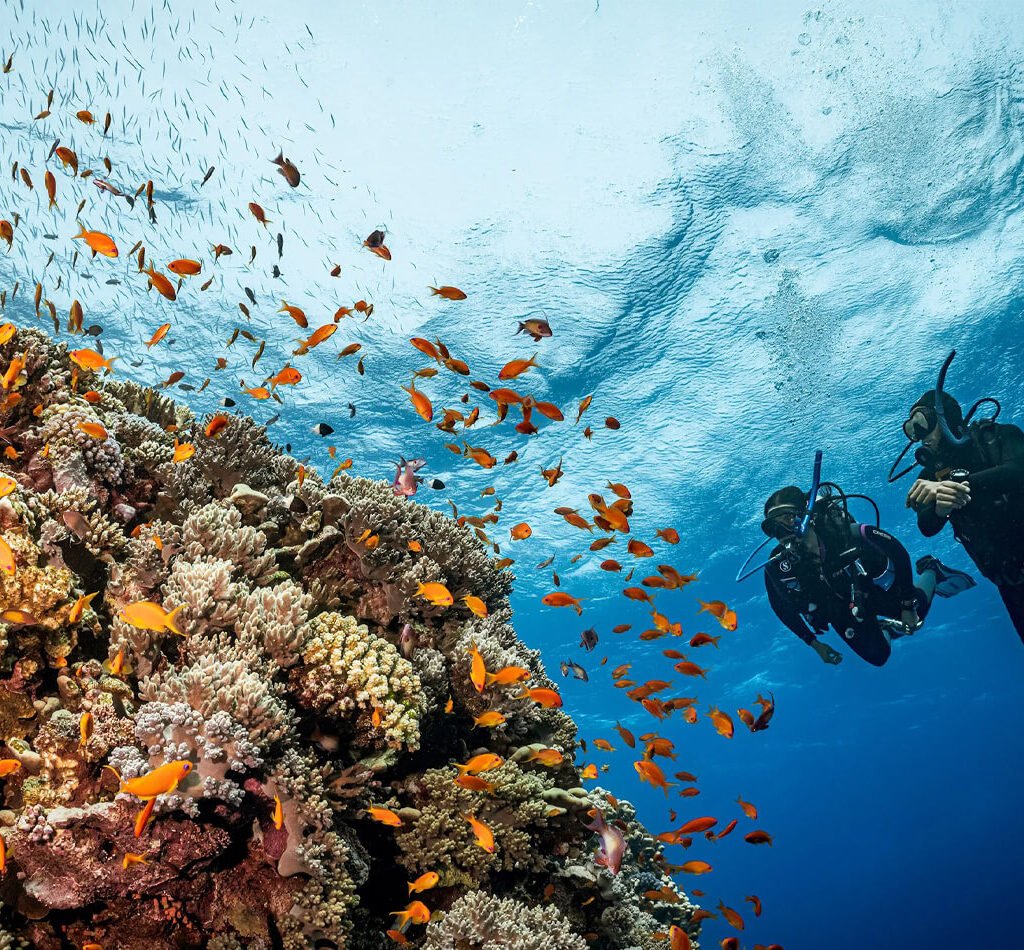
Choose eco-conscious operators who follow Green Fins standards. Only 30 pioneering operators in the Red Sea are part of this initiative. Their small-group tours and waste-free practices help protect the environment.
Carry a mesh bag for trash collections during dives. It’s a simple way to give back. Reporting illegal fishing or damaged sites helps too. Every year, three million divers explore the Red Sea’s wonders. Let’s dive smart and responsibly to keep this paradise alive for all.
Spending years diving in the Red Sea, I’ve learned how to capture its beauty. Here’s how to make every photo a masterpiece:
1. Choose your lenses wisely. Wide-angle lenses are great for big scenes like shipwrecks or coral gardens. For small creatures like nudibranchs, a macro lens is best. The Red Sea is home to over 1,200 fish species, offering endless photo opportunities.
2. Master lighting with strobes. Water absorbs color quickly, so use strong strobes. A red filter helps restore colors at depths below 15 meters. This ensures vibrant colors in your photos.
3. Plan your timing. Dive during the golden hour for the best light. The Red Sea’s clear waters let light play beautifully. Shoot early morning for cleaner shrimp or sunset for reef silhouettes.
4. Stay steady, stay patient. Use a BCD to stay still during long shots. Wait quietly for surprises like reef sharks or mantas. Remember, 75% of dives here see sharks.
Every photo tells a story of this vibrant ecosystem. Bring extra memory cards and share your adventures responsibly. Your camera is a window into the Red Sea’s underwater world.
Imagine swimming with sharks at the Brothers Islands or checking out WWII wrecks like the SS Thistlegorm. The Red Sea stretches for 1,200 miles, offering diving trips for all levels. From beginners at Ras Mohammed to experts at Daedalus Reef, the Red Sea has something for everyone.
Start by picking your adventure. Spring or fall is the best time for diving, with clear waters and visibility up to 30 meters. For wreck enthusiasts, Sharm El Sheikh’s Abu Nuhas reef has five sunken ships, including the historic Carnatic. If you love marine life, Elphinstone’s coral gardens and St. John’s Reefs’ dugongs are a must-see.
Make your dive even more special by exploring Egypt’s culture. Haggle in Sharm El Sheikh markets, try ful medames, or ride camels at White Desert. Always remember to protect the marine environment by following local guidelines and choosing eco-friendly operators.
Whether you dive the Straits of Tiran’s fish schools or explore Marsa Alam’s reefs, the Red Sea is full of wonder. With 1,200 miles of beauty, your diving trip is more than just a vacation—it’s an adventure into a vibrant ecosystem. Get ready to dive into the Red Sea’s magic.
Read more related articles:


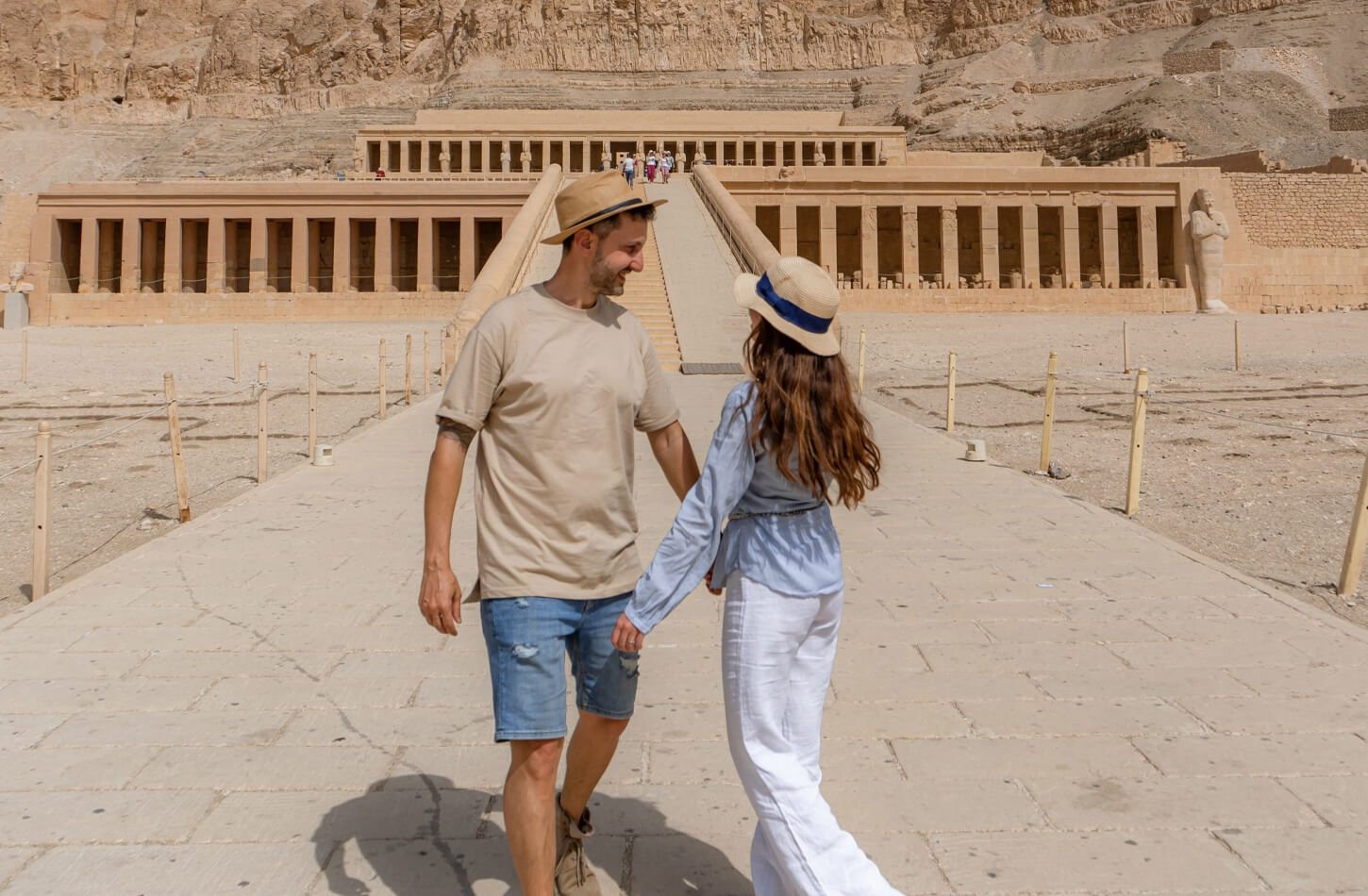
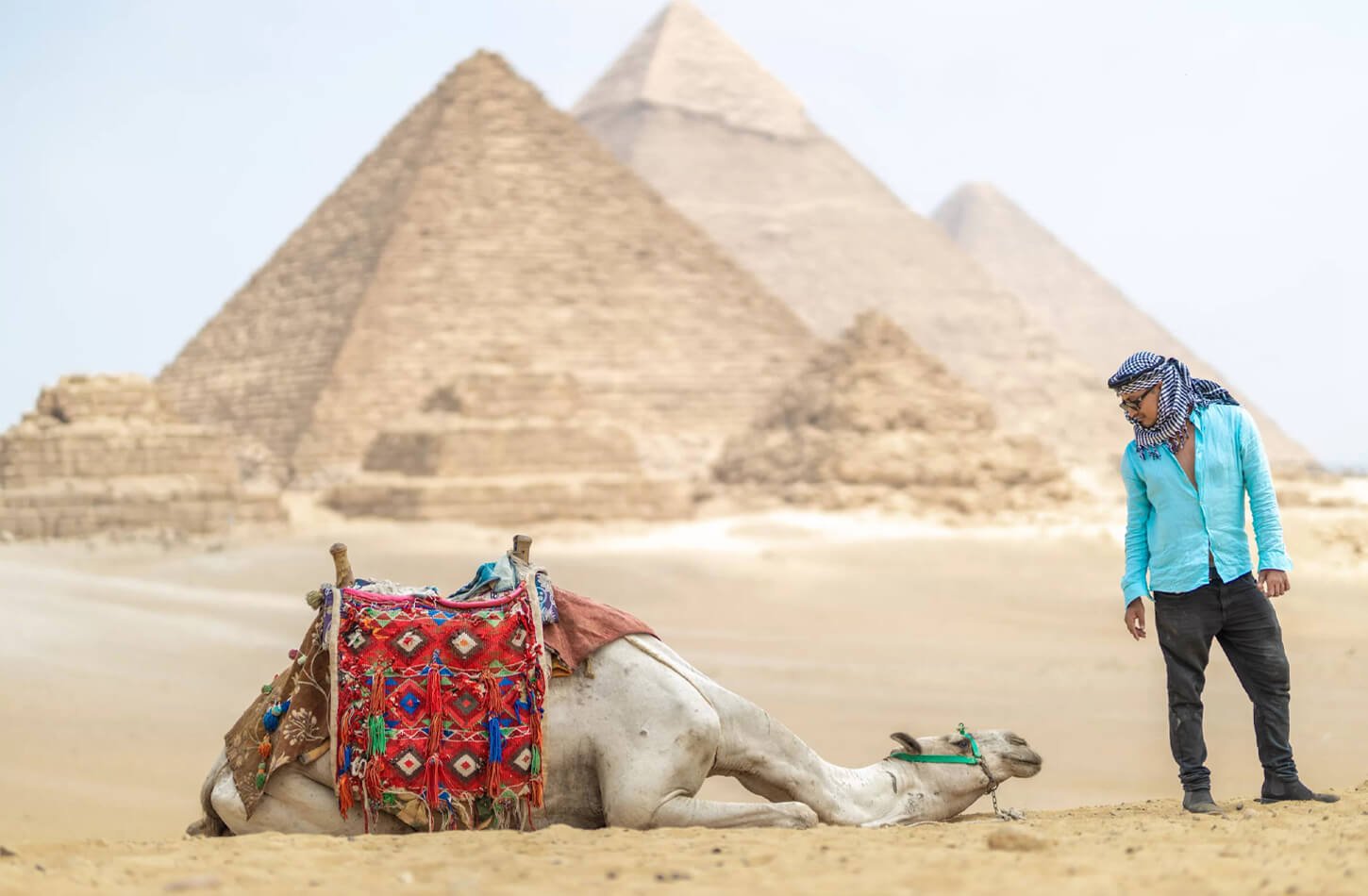
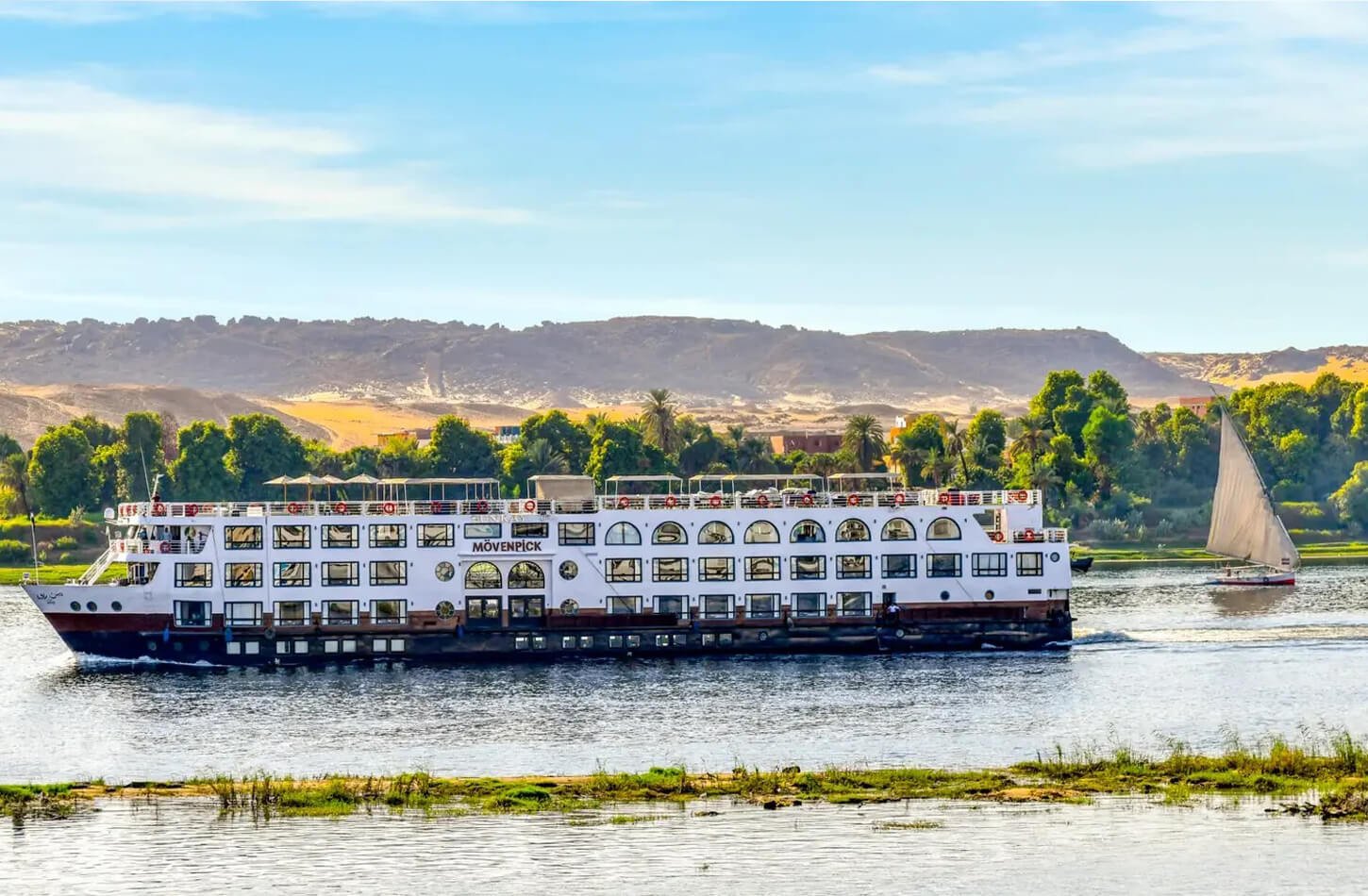


Don't just get there, get there in style.
Information
Follow Us
Payment channels
